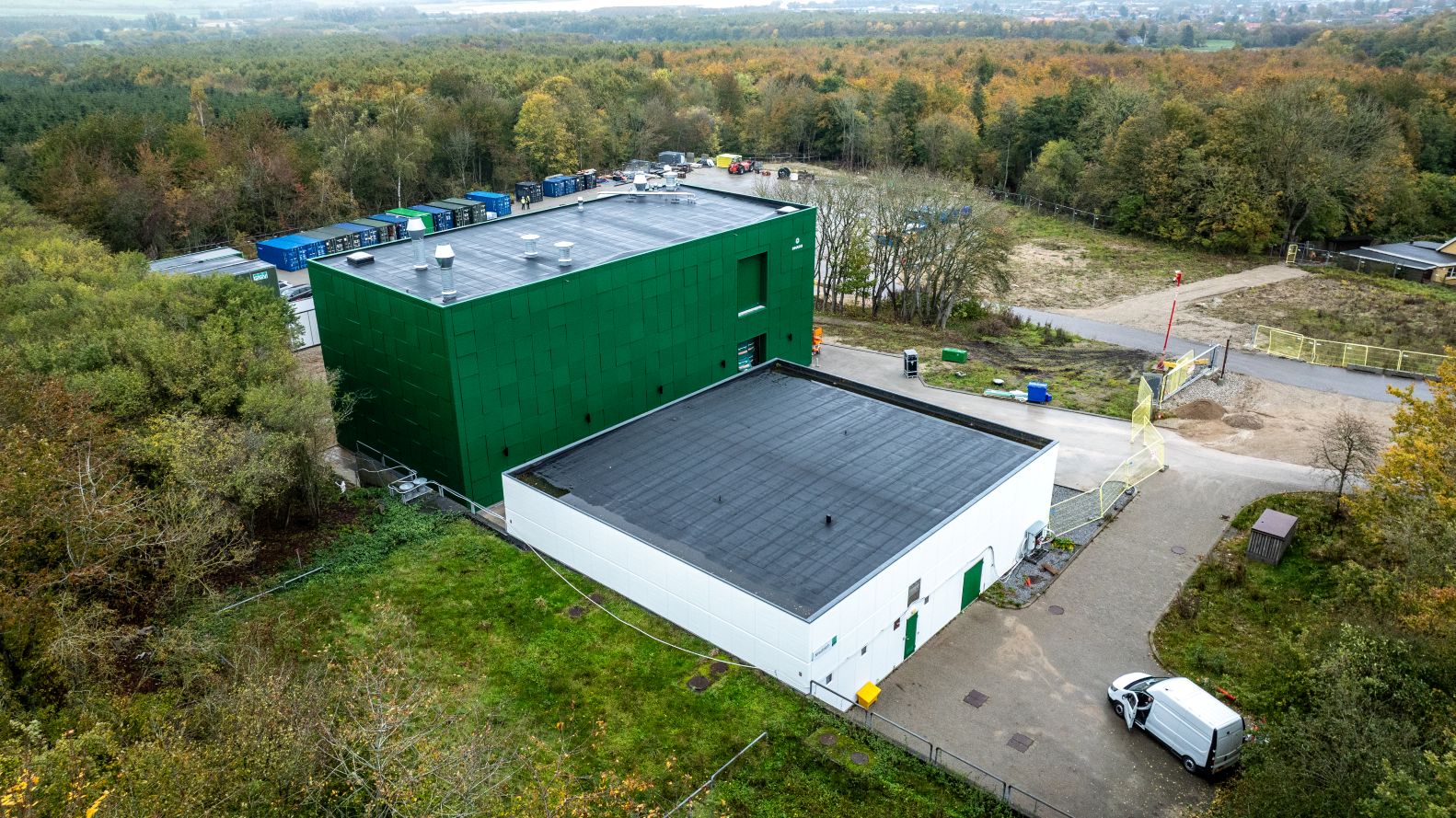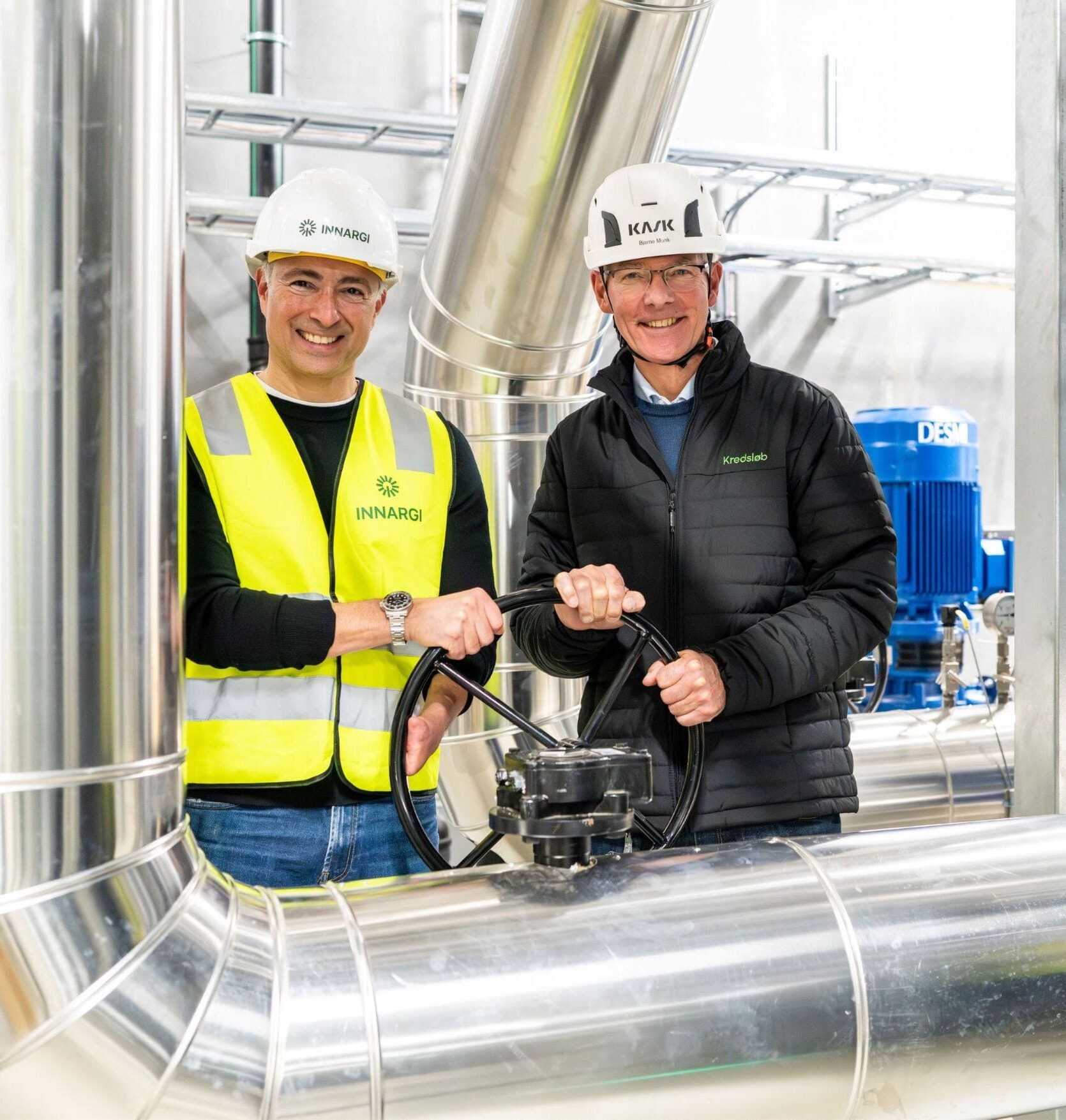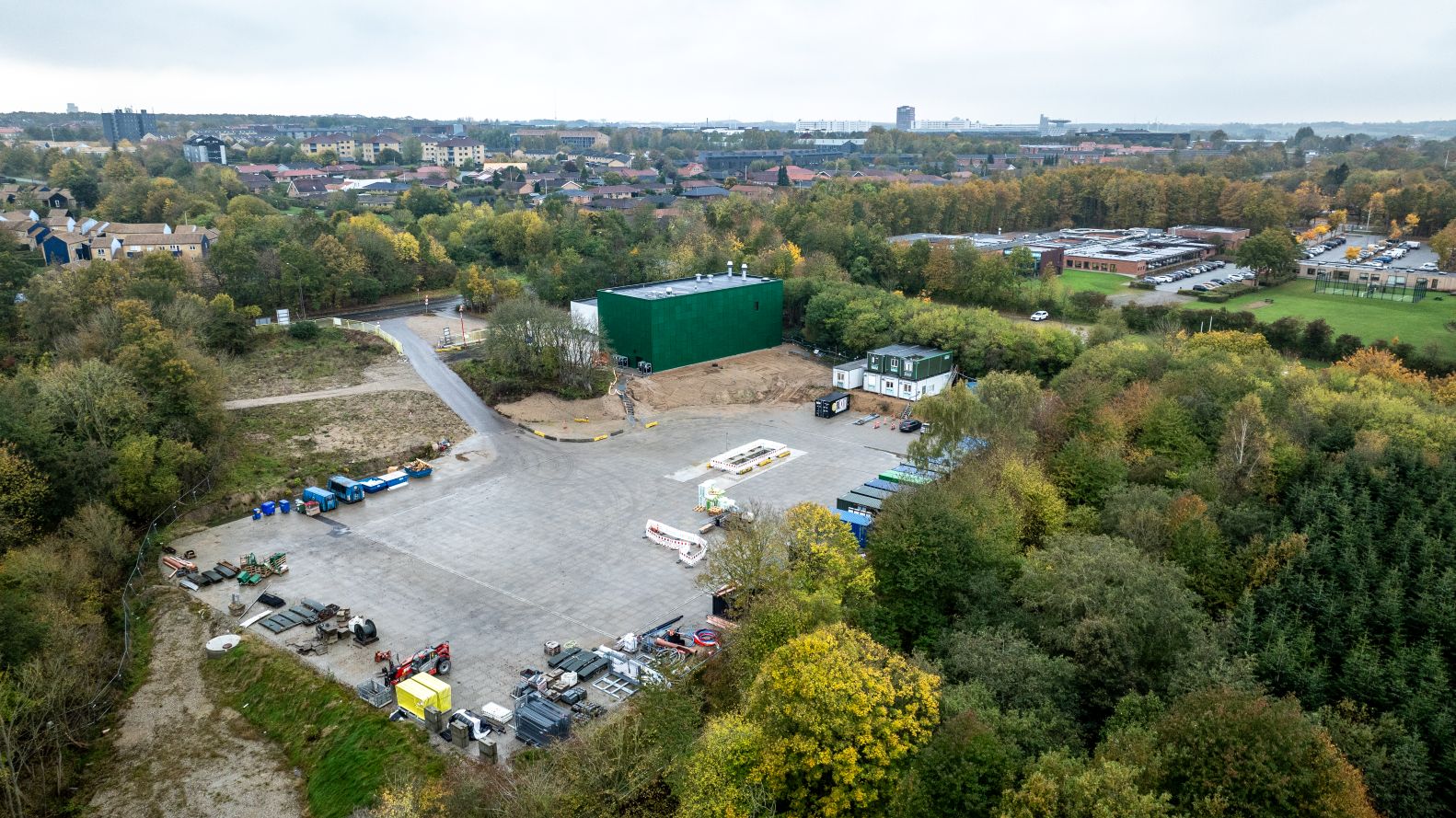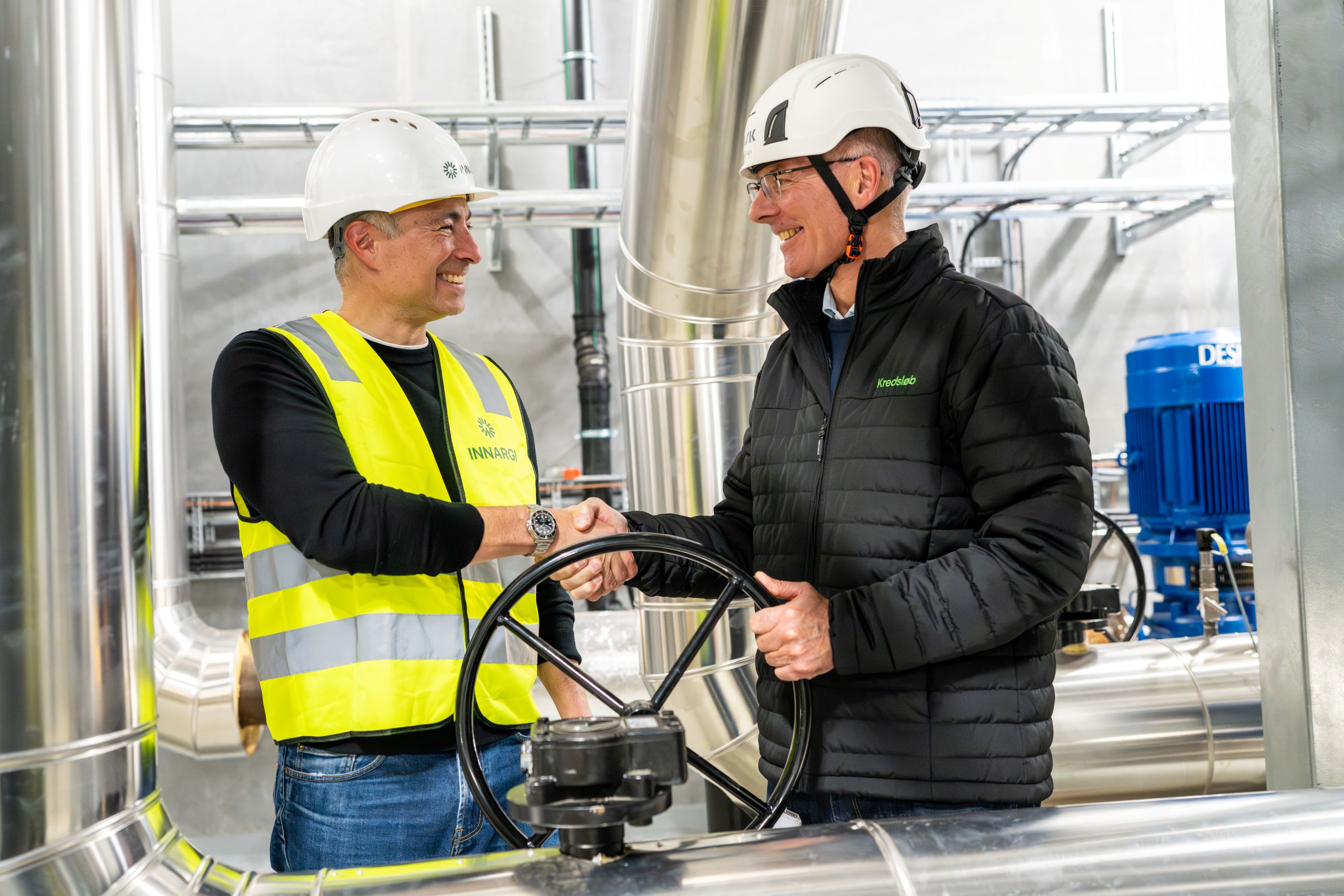Aarhus, Denmark, has taken a major step toward sustainable heating: the first geothermal heat is now flowing into homes from what will become the largest integrated geothermal district heating system in the European Union.
Developed for Danish utility Kredsløb by the geothermal company Innargi, the geothermal plant taps into hot water reservoirs located 2.5 kilometres beneath the surface. This heat is distributed through the city’s district heating network, serving 330,000 residents. Once fully operational by 2030, the system will supply around 20% of Aarhus’ heating needs.
“This is a landmark moment. Not only for Aarhus, but for Europe. We’re proving that geothermal energy can be scaled to serve entire cities. It’s local, renewable, and always available. And it’s a key piece in the puzzle to decarbonise heating across the continent.”
“This is not just a Danish success story,” says Bjarne Munk Jensen, CEO of Kredsløb. “It’s a blueprint for how cities across Europe can reduce dependence on imported biomass and fossil fuels, while improving energy security and affordability. By tapping into energy close to home, we become less vulnerable to global supply shocks.”

ABOUT AARHUS, SKEJBY, AND THE PARTNERS OF THE PROJECT
THE FUTURE OF DISTRICT HEATING IN AARHUS
Aarhus is Denmark’s second-largest city and a frontrunner in green urban development. With 330,000 residents, the city has one of Europe’s largest district heating networks and aims to become CO₂-neutral by 2030.
ABOUT INNARGI
Innargi A/S was founded in 2017 by A.P. Møller Holding and is now owned by A.P. Møller Holding, ATP and NRGi. The company’s mission is to decarbonize district heating by unlocking geothermal energy as a source of heat for millions of homes. Innargi brings together a highly experienced team of geologists, reservoir, facilities, and drilling engineers, and works in close partnership with district heating experts. In addition to Aarhus, Innargi is developing geothermal projects in other parts of Denmark, as well as in Poland and Germany.
ABOUT KREDSLØB
Kredsløb is a municipally owned utility company in Aarhus, responsible for district heating, waste management and recycling. It supplies district heating to 330,000 people and recycles waste from 170,000 households in Aarhus Municipality. Kredsløb has a clear ambition: to make it easy for customers and partners to contribute to the green transition.






